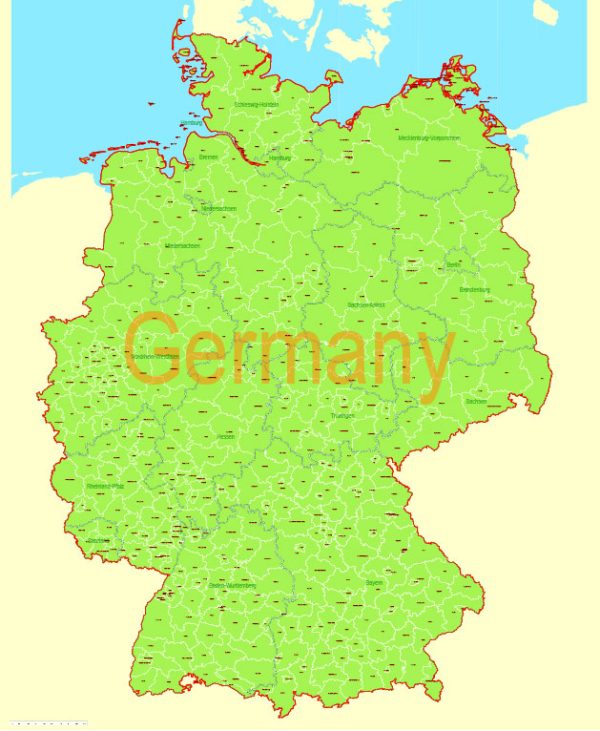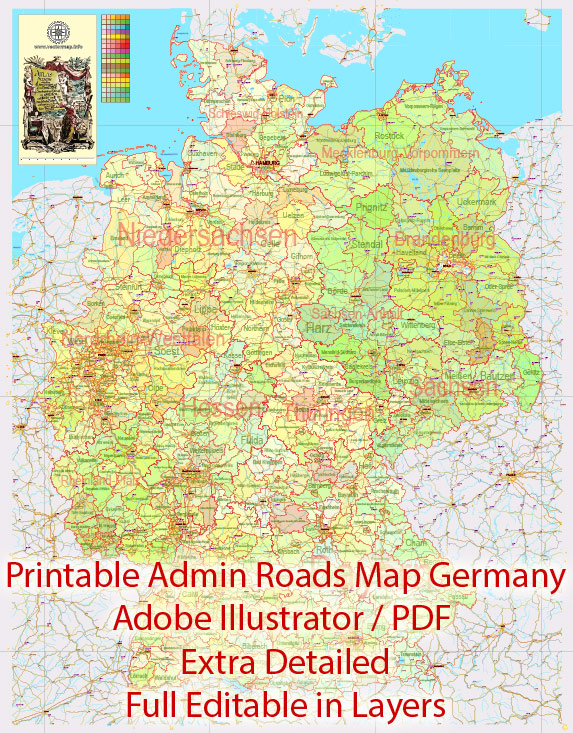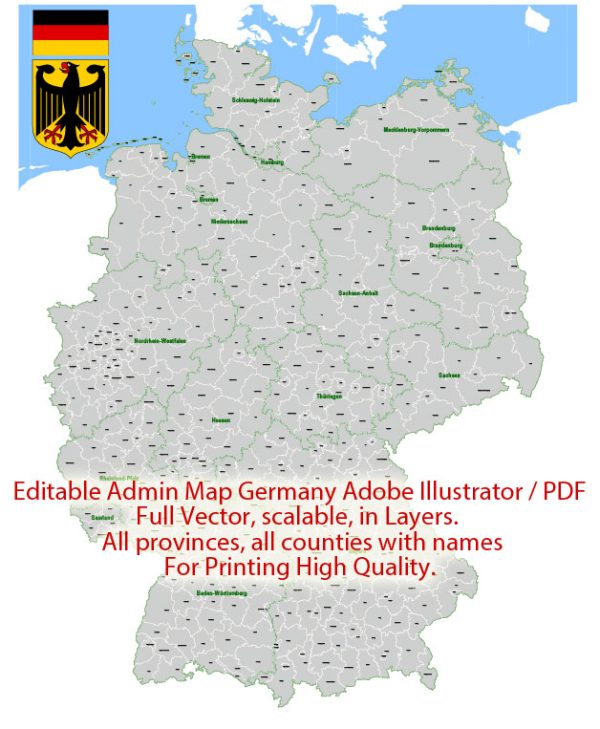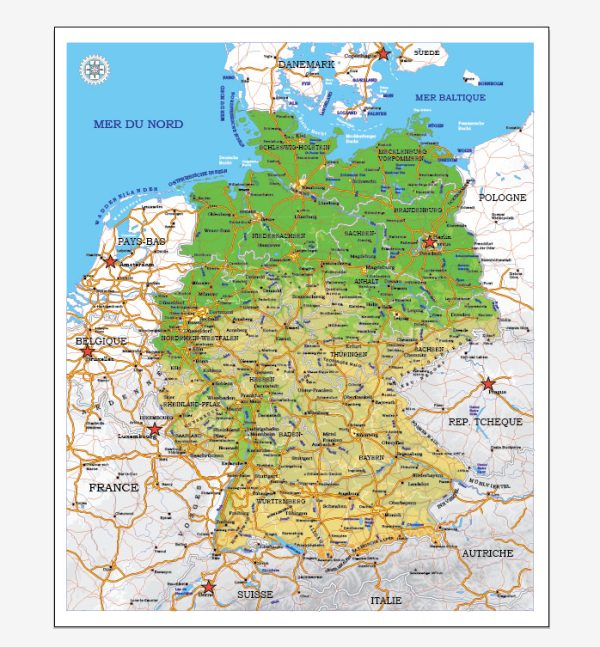Germany has a rich and diverse history, and its ancient historic objects reflect the various cultures and civilizations that have shaped the region over thousands of years. Some notable ancient historic objects in Germany include:
- Nebra Sky Disk: The Nebra Sky Disk is an ancient bronze disk with gold leaf applications, dating back to around 1600 BCE. It is one of the earliest known representations of the cosmos and is considered a significant archaeological find. The disk depicts the sun, moon, stars, and a solar boat, providing insights into the astronomical knowledge of the people of the time.
- Cologne Cathedral (Kölner Dom): While not an object in the traditional sense, the Cologne Cathedral is an iconic structure that holds great historical and cultural significance. Construction began in the 13th century, and it is a stunning example of Gothic architecture. The cathedral houses numerous religious artifacts and artworks, including the Shrine of the Three Kings, a masterpiece of medieval goldsmith’s art.
- Ishtar Gate: The Pergamon Museum in Berlin is home to the Ishtar Gate, a reconstructed ancient Babylonian gate from the city of Babylon. Dating back to the reign of King Nebuchadnezzar II in the 6th century BCE, the gate is known for its vibrant blue tiles with depictions of dragons and divine beings, showcasing the artistic and engineering prowess of the Babylonians.
- Hildesheim Cathedral Treasures: The Hildesheim Cathedral in Lower Saxony is renowned for its medieval treasures. The cathedral’s collection includes the Bernward Doors, a set of bronze doors created around the year 1015, depicting biblical scenes. Additionally, the cathedral houses the Bernward Column, a Romanesque bronze column adorned with biblical figures.
- Roman Gate Porta Nigra: Located in Trier, the Porta Nigra is a well-preserved Roman city gate that dates back to the 2nd century. This massive stone structure is an excellent example of Roman engineering and is one of the oldest city gates in Germany.
- Prehistoric Pile dwellings around the Alps: While not confined to Germany alone, the prehistoric pile dwellings around the Alps, including those in southern Germany, are UNESCO World Heritage Sites. These archaeological sites consist of wooden dwellings built on stilts over lakes, providing valuable insights into ancient settlement patterns and lifestyles during the Neolithic and Bronze Ages.
These objects and structures are just a glimpse into Germany’s rich archaeological and historical heritage, which spans various periods and civilizations. Many of these artifacts are housed in museums and historical sites across the country, offering visitors a chance to explore Germany’s ancient past.







 Author: Kirill Shrayber, Ph.D.
Author: Kirill Shrayber, Ph.D.